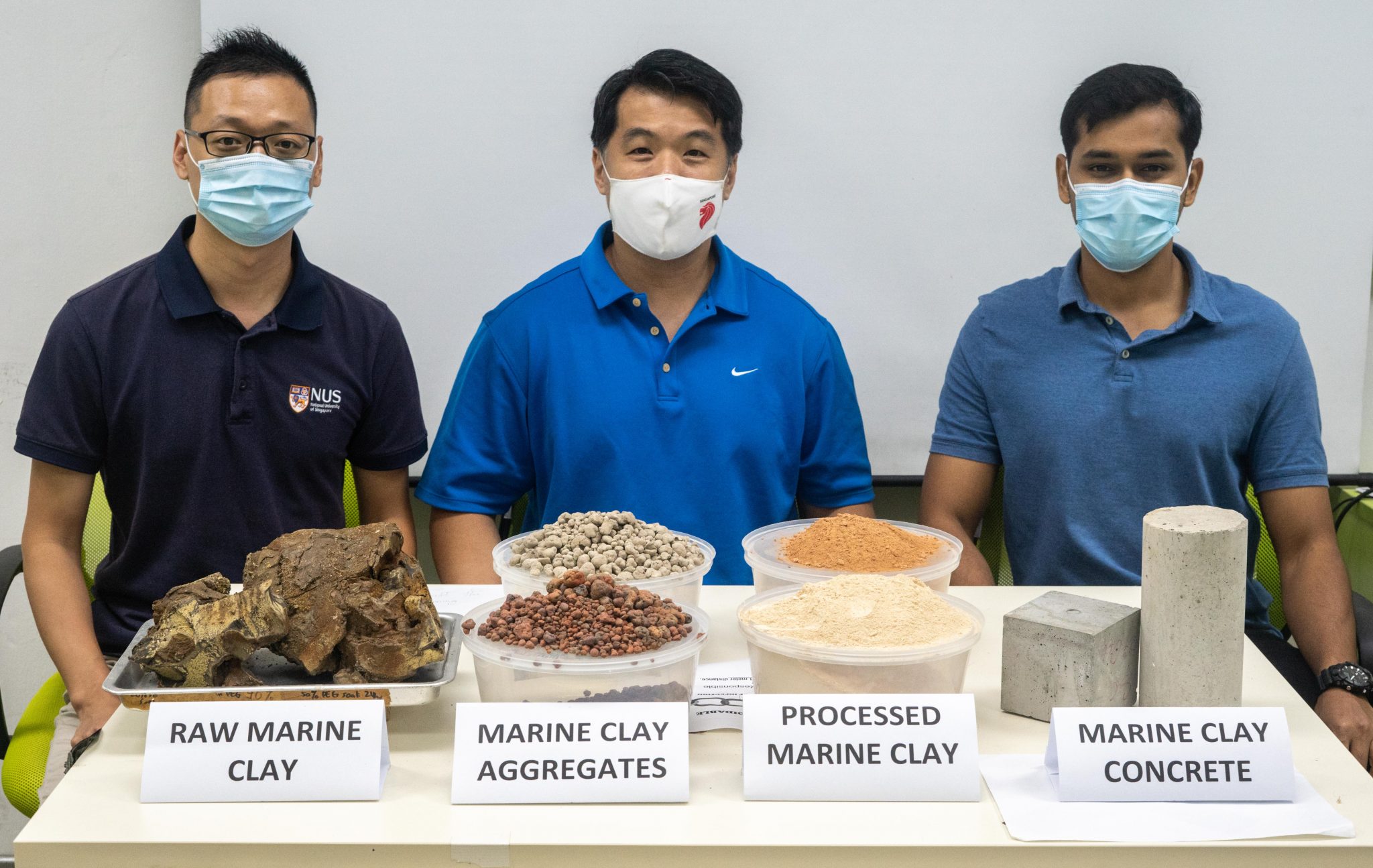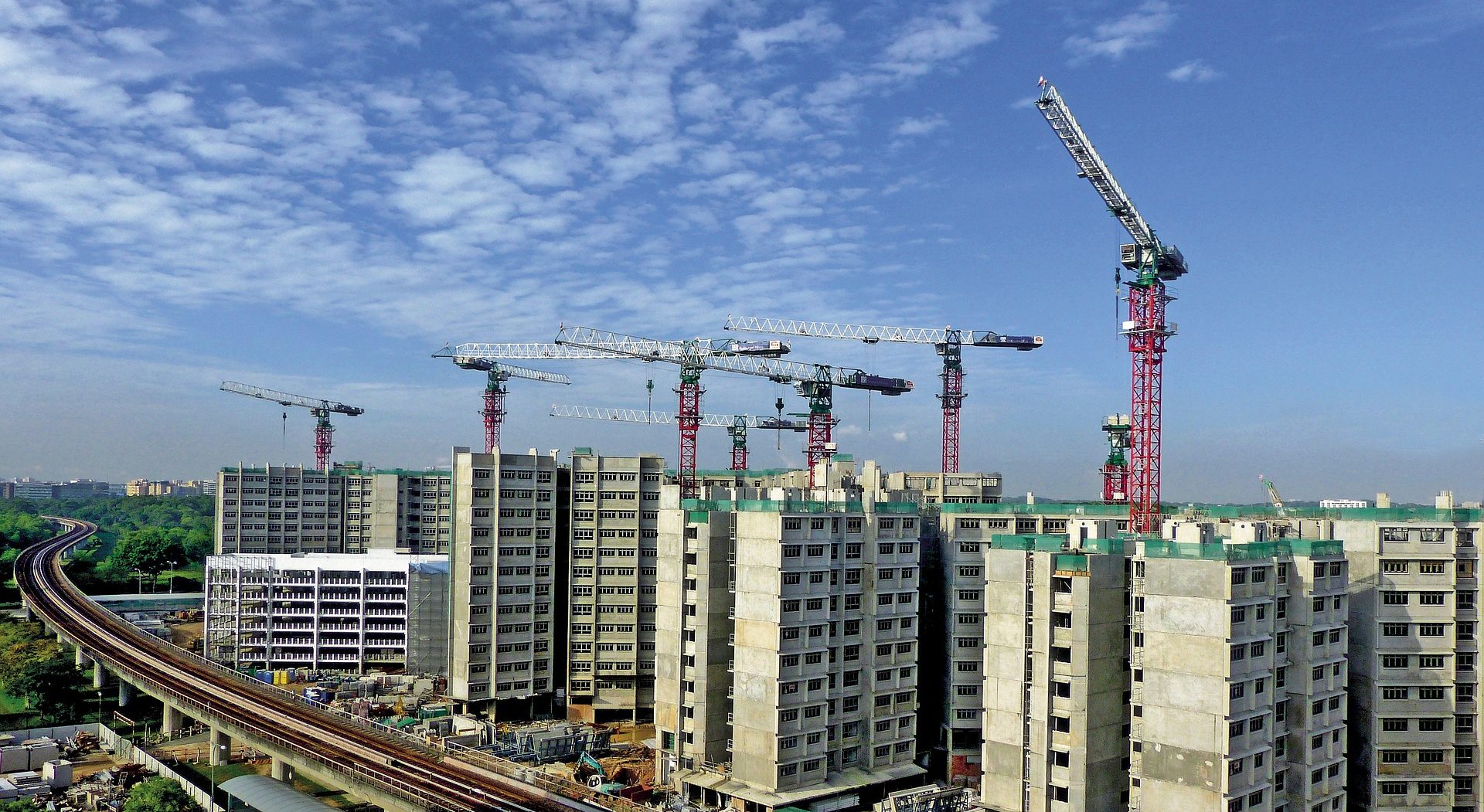
Concrete is the most consumed man-made material on Earth. While the environmental impact of materials like plastics has been widely publicised, the impact of concrete has been far less talked about.
Each year, about three tonnes of concrete are produced for every person on the planet.
Concrete is made up of water, cement, and a filler such as sand. The cement industry alone is responsible for about eight per cent of the world's carbon dioxide emissions, and the production of concrete consumes 10 per cent of the world's industrial water.
These considerations led Associate Professor Pang Sze Dai and his team from the Centre for Advanced Materials and Structures at NUS Civil and Environmental Engineering to work on developing greener, more sustainable concretes.
Singapore's rapid urban development inevitably requires vast amounts of concrete, which in turn, creates a huge demand for water and sand - resources that the city-state lacks. But now, Pang and his team have come up with an ingenious solution to this pressing problem.
They showed that they could drastically reduce the amount of sand, replacing it with a common clay material that can easily be obtained as waste from tunnelling and excavation works.
High performance
To activate the waste clay it is heated to 700°C, a process which enhances its bonding ability in concrete. The activated clay can then be used to replace up to half the fine sand powder typically used in concrete.

The researchers found this method was capable of producing ultra-high performance concrete (UHPC) - a far stronger type of concrete that can reduce the size of the structural elements, and potentially reduce the amount of concrete needed.
Replacing the fine sand powder is also advantageous as this material is expensive, has a large carbon footprint, and is carcinogenic with prolonged exposure.
Tunnelling and foundation works generate a large amount of waste materials. Disposing of this waste clay is problematic as land-scarce Singapore has limited available space for landfill.
The NUS team's discovery is is the first time low-grade waste clay has been used as fillers in concrete. "Globally, low-grade clay is abundant. Its multi-faceted utilisation in concrete as fillers can not only help curtail the carbon footprint of concrete but also reduce the cost of concrete production," Pang said.
"Our discovery not only reduces the consumption of valuable resources but also promotes a circular economy with the utilisation of waste clay. It opens an avenue to transform this waste into a potential resource."





